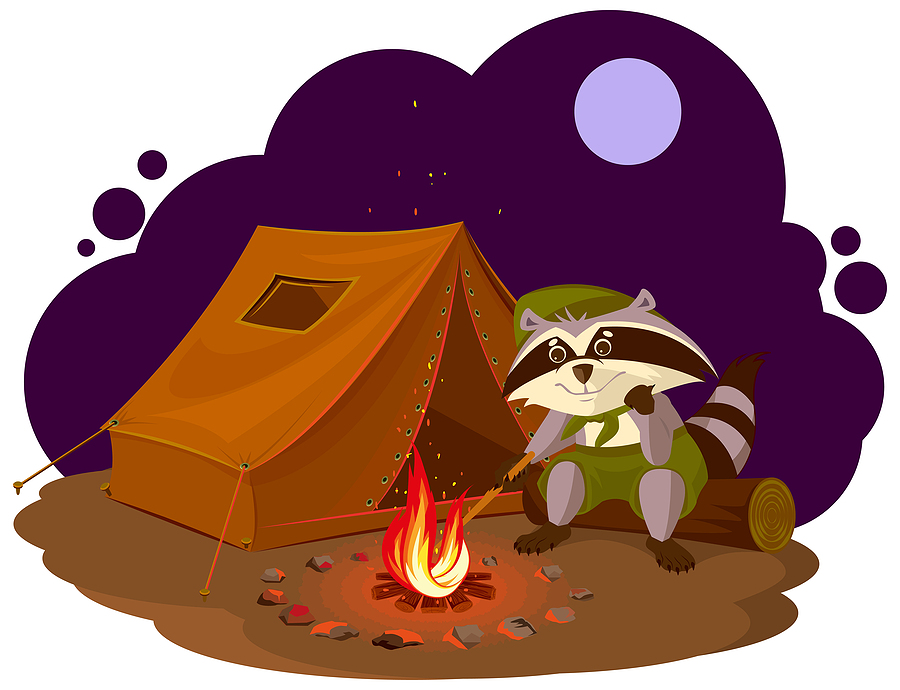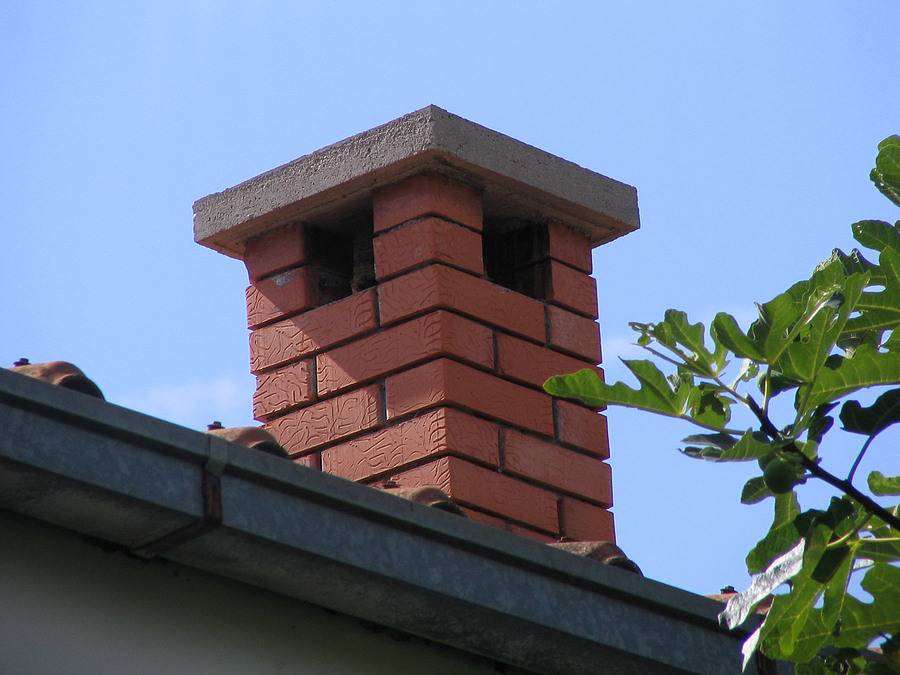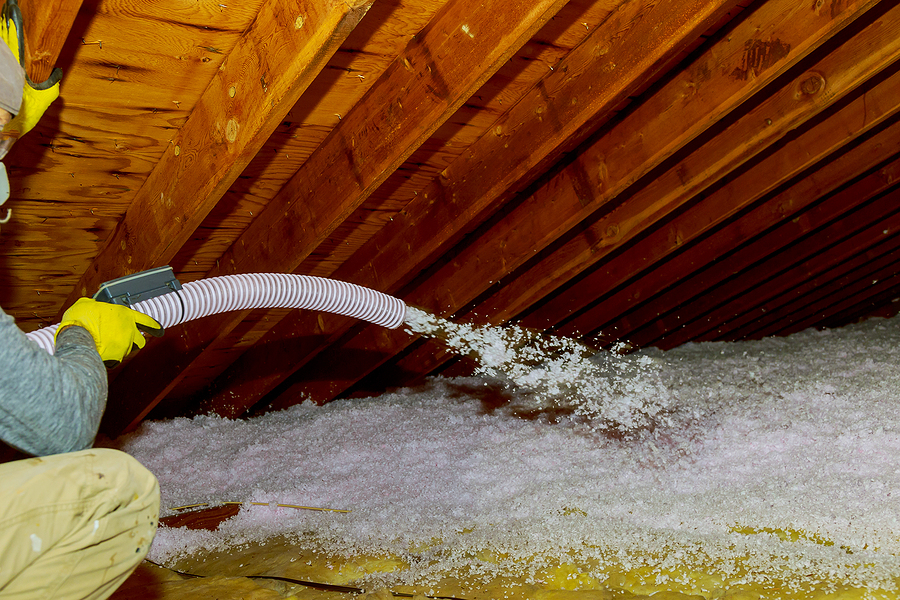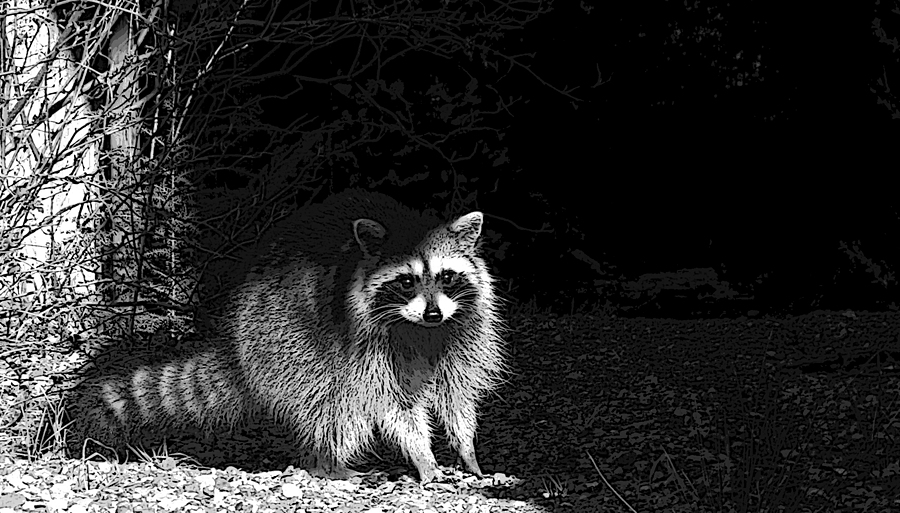Hearing strange noises from your backyard at night can be unsettling. For many homeowners in Indianapolis, the culprit is often a resourceful and curious raccoon. These masked mammals are a common sight in urban and suburban areas, but their habits can be a mystery. Understanding when raccoons are active is the first step toward coexisting peacefully and protecting your property.
This guide will explain the typical activity patterns of raccoons, helping you understand why you might be encountering them more often. We will cover their peak active hours, the reasons for their nocturnal behavior, and how their habits change with the seasons. By learning about their natural rhythms, you’ll be better equipped to manage any unwelcome visits and keep your home and garden secure.

Peak Activity Times for Raccoons
Raccoons are primarily nocturnal animals, which means they are most active after the sun goes down. Their peak activity usually begins shortly after dusk and continues throughout the night, ending around dawn. If you’ve heard your trash cans rattling in the middle of the night, it’s likely a raccoon foraging for food.
While they are known for being active at night, raccoons can also be described as crepuscular. This term refers to animals that are most active during the twilight hours of dawn and dusk. You might spot a raccoon venturing out as the sun sets or returning to its den as the morning light appears. This behavior allows them to take advantage of the low light conditions, which provide cover from predators while they search for food and water. Seeing a raccoon during these times is normal and doesn’t necessarily indicate a problem.
Reasons Behind Nocturnal Behavior
There are several reasons why raccoons have adapted to a nocturnal lifestyle. A key factor is the avoidance of predators. Many of the natural predators that might hunt raccoons, such as coyotes and large owls, are also active at night, but the cover of darkness gives raccoons an advantage in staying hidden. Studies published in the Journal of Wildlife Management confirm that this nocturnal pattern is a crucial survival strategy.
Another reason for their nighttime activity is the availability of food. In urban environments like Indianapolis, raccoons find an abundance of food sources after dark. Trash cans, pet food left outdoors, and gardens become unguarded buffets once people are inside for the night. Their excellent night vision and keen sense of touch allow them to navigate and find food easily in low light. Research from Purdue University Extension notes the incredible adaptability of raccoons, which is why they thrive so well in close proximity to humans.
Seasonal Variations in Raccoon Activity
Raccoon behavior isn’t static throughout the year; it shifts with the changing seasons.
Spring and Summer
These are the busiest times for raccoons. During the spring, females are raising their young, which means they need to find more food to support their kits. You may see increased activity as they forage more frequently. In the summer, both adult and juvenile raccoons are active, exploring their territories and building up fat reserves.
Fall
As the weather cools, raccoons enter a period of heavy eating to prepare for winter. They will spend most of the night searching for calorie-rich foods to build up the fat stores they need to survive the colder months. This can lead to more determined attempts to access trash cans and compost piles.
Winter
Raccoons do not hibernate in the traditional sense, but they do enter a state of torpor during severe cold spells. This means they will sleep for extended periods in their dens to conserve energy. On milder winter days, they may emerge to search for food, but their activity is significantly reduced compared to other seasons.
Request a Free Assessment for Raccoon Control Now ✅
How to Handle Raccoon Encounters
Finding a raccoon in your yard can be surprising, but it’s important to remain calm. Raccoons are generally not aggressive unless they feel threatened or cornered. If you encounter one, give it space and allow it to move on. Never attempt to feed or approach a raccoon.
If you find raccoons are becoming a nuisance, the focus should be on humane deterrents and animal proofing your property. Local regulations in the Indianapolis area emphasize using non-lethal methods for raccoon control. Here are some actionable steps you can take:
- Secure Your Trash: Use trash cans with tight-fitting, locking lids. Bungee cords can also be effective at keeping raccoons out. Store your bins in a garage or shed if possible, and only put them out on the morning of collection.
- Use Deterrents: Motion-activated sprinklers or lights can be excellent raccoon deterrents. The sudden spray of water or burst of light will startle them and encourage them to leave.
- Try Natural Repellents: Some homeowners have success with homemade animal repellent and sprays. A mixture of cayenne pepper and water or peppermint oil can be sprayed around gardens and trash cans to discourage raccoons, who dislike the strong smells.
- Remove Food Sources: Do not leave pet food or water bowls outside overnight. Clean up any fallen fruit from trees and ensure your compost bin is secure.
- Seal Entry Points: Prevent raccoons from making a den in your home by sealing potential entry points. Use sturdy wire mesh to cover chimneys, vents, and any gaps under decks or in your foundation.
- Maintain Your Yard: Trim tree branches that hang over your roof to remove easy access points for raccoons. Keeping your yard tidy reduces potential hiding spots.
Conclusion
Raccoons are a permanent and important part of the local ecosystem in Indianapolis. Their intelligence and adaptability allow them to thrive in our neighborhoods, often leading to nighttime encounters that can be both fascinating and frustrating. By understanding that their peak activity occurs at night and during twilight hours, you can take proactive, humane steps to protect your property.
Securing food sources, using humane deterrents, and animal-proofing your home are the most effective strategies for raccoon control. These methods not only resolve potential conflicts but also promote a respectful coexistence with our wild neighbors.
If you’re in Indianapolis and need professional assistance with raccoon control, our expert team is here to help. We provide humane, effective solutions tailored to your needs, ensuring the safety of both your property and local wildlife. Contact Us Today to schedule an inspection or consultation!
Related Post: Nocturnal Animals in Indiana: Protecting Your Property from Wildlife Damage









